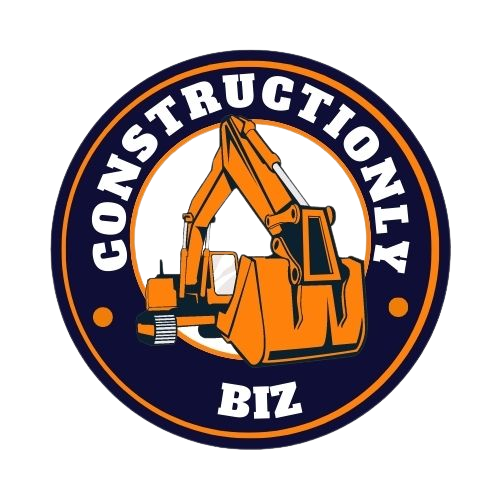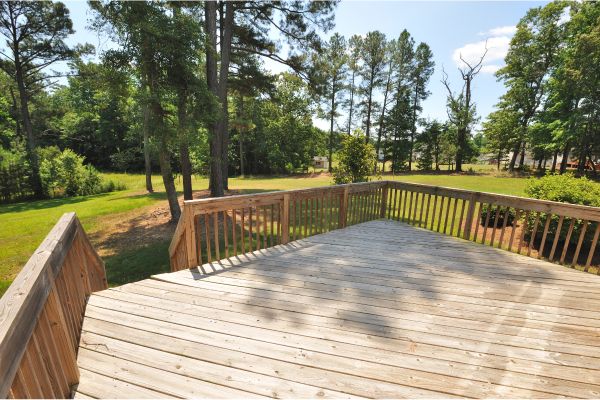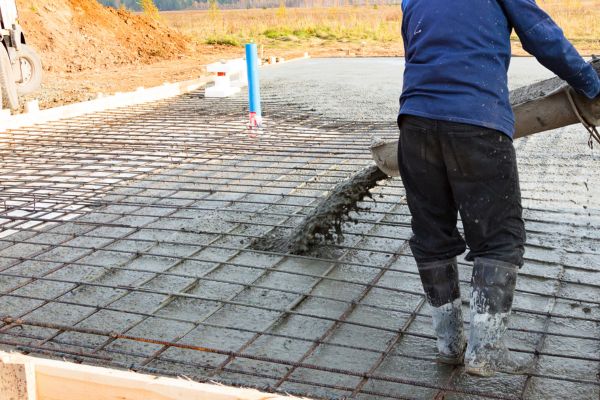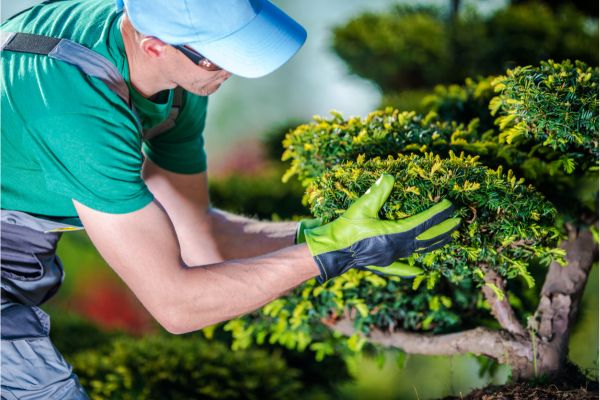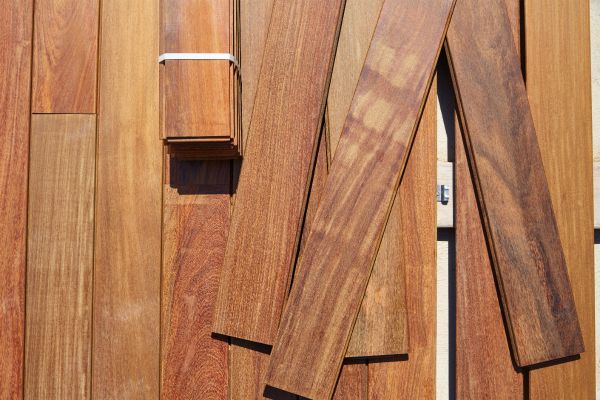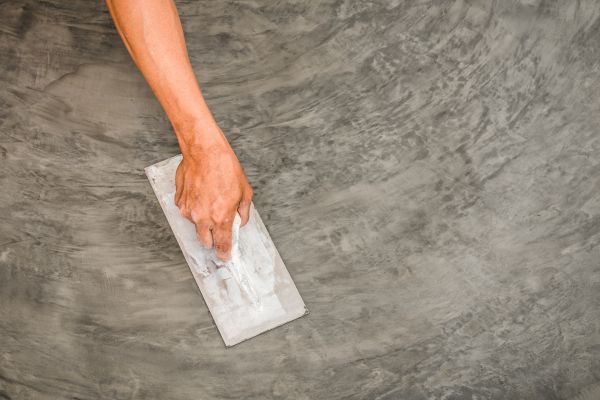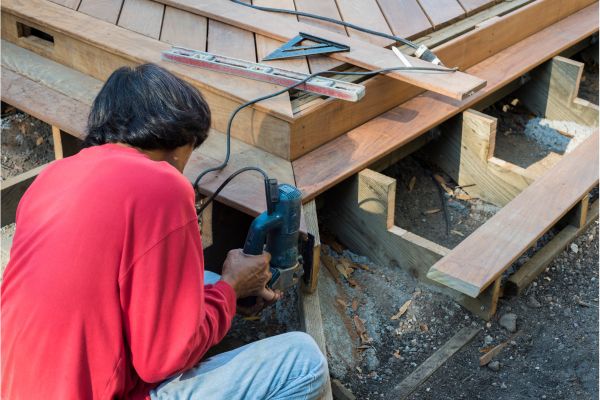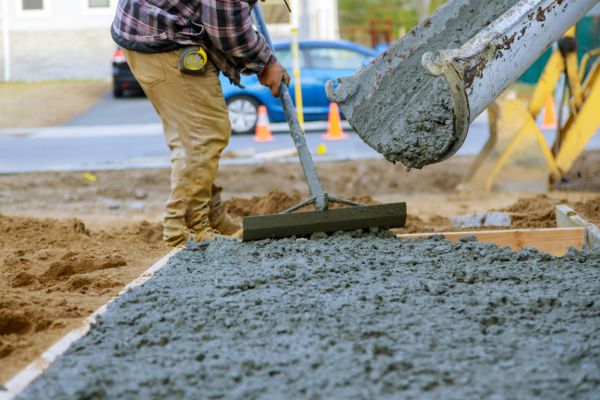Stucco is a versatile and popular building material known for its durability and aesthetic appeal. Whether used for residential or commercial projects, mastering the craft of stucco installation and repair is essential for achieving long-lasting and visually appealing results. In this blog post, we’ll explore the key insights and techniques for successfully working with stucco, from understanding its composition to mastering installation and repair processes.
1. Understanding Stucco
Stucco is a mixture of cement, sand, lime, and water that is applied as a plaster to exterior and interior walls. This versatile material has been used in construction for centuries, with its origins tracing back to ancient civilizations such as the Greeks and Romans. Today, stucco remains a popular choice for its durability, fire resistance, and ability to create unique textures and finishes.
Despite its advantages, stucco also has some drawbacks, including susceptibility to cracking and water damage if not properly installed or maintained. Understanding the composition and characteristics of stucco is crucial for ensuring successful installation and repair projects.
2. Preparing for Stucco Installation
Before applying stucco, proper site preparation is essential to ensure a smooth and long-lasting finish. This includes clearing the area of debris, cleaning the surface to remove dirt and contaminants, and ensuring proper drainage to prevent water damage.
Additionally, it’s important to consider the type of substrate being used for stucco application. Common substrates include wood, masonry, and metal lath, each requiring specific preparation techniques to ensure proper adhesion and durability.
3. Stucco Installation Techniques
Stucco can be applied using various techniques, including the traditional three-coat system, one-coat system, and EIFS (Exterior Insulation and Finish System). The traditional three-coat system consists of a scratch coat, brown coat, and finish coat, each applied in succession to create a durable and textured surface.
Alternatively, the one-coat system combines the scratch and brown coats into a single application, reducing the overall installation time. EIFS, on the other hand, incorporates insulation board and a synthetic finish coat for enhanced energy efficiency and design flexibility.
Regardless of the application method used, proper mixing ratios, application techniques, and curing times are essential for achieving a smooth and consistent stucco finish.
4. Common Stucco Installation Mistakes to Avoid
While stucco is a durable and long-lasting material, improper installation techniques can lead to issues such as cracking, bulging, and water damage. Common mistakes to avoid include improper mixing of materials, inadequate surface preparation, and failure to account for weather conditions during application.
Proper training and attention to detail are crucial for avoiding these pitfalls and ensuring a successful stucco installation. Additionally, regular inspections and maintenance can help identify and address any issues before they escalate into costly repairs.
5. Stucco Repair Insights
Despite its durability, stucco surfaces may require occasional repairs due to factors such as settling, impact damage, or water infiltration. When faced with stucco damage, it’s important to assess the extent of the damage and determine the appropriate repair method.
For minor cracks and chips, patching and filling techniques can be used to restore the surface to its original condition. More extensive damage may require removing and replacing damaged sections of stucco to ensure structural integrity and aesthetic consistency.
6. Maintaining Stucco Surfaces
Regular maintenance is key to prolonging the life of stucco surfaces and preserving their aesthetic appeal. This includes periodic inspections to identify any issues such as cracks or water damage, as well as routine cleaning to remove dirt and debris.
Additionally, applying a protective sealant can help enhance the durability and weather resistance of stucco surfaces, prolonging their lifespan and reducing the need for repairs.
Takeaway
Mastering the craft of stucco installation and repair requires a combination of technical knowledge, attention to detail, and proper training. By understanding the composition and characteristics of stucco, properly preparing the site, and following best practices for installation and repair, contractors and DIY enthusiasts alike can achieve long-lasting and visually appealing results.
